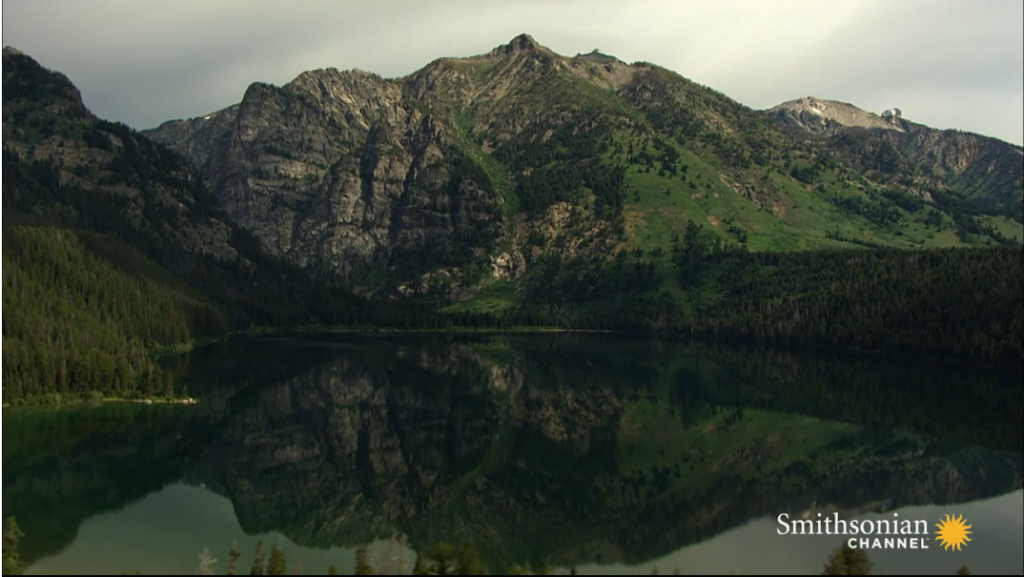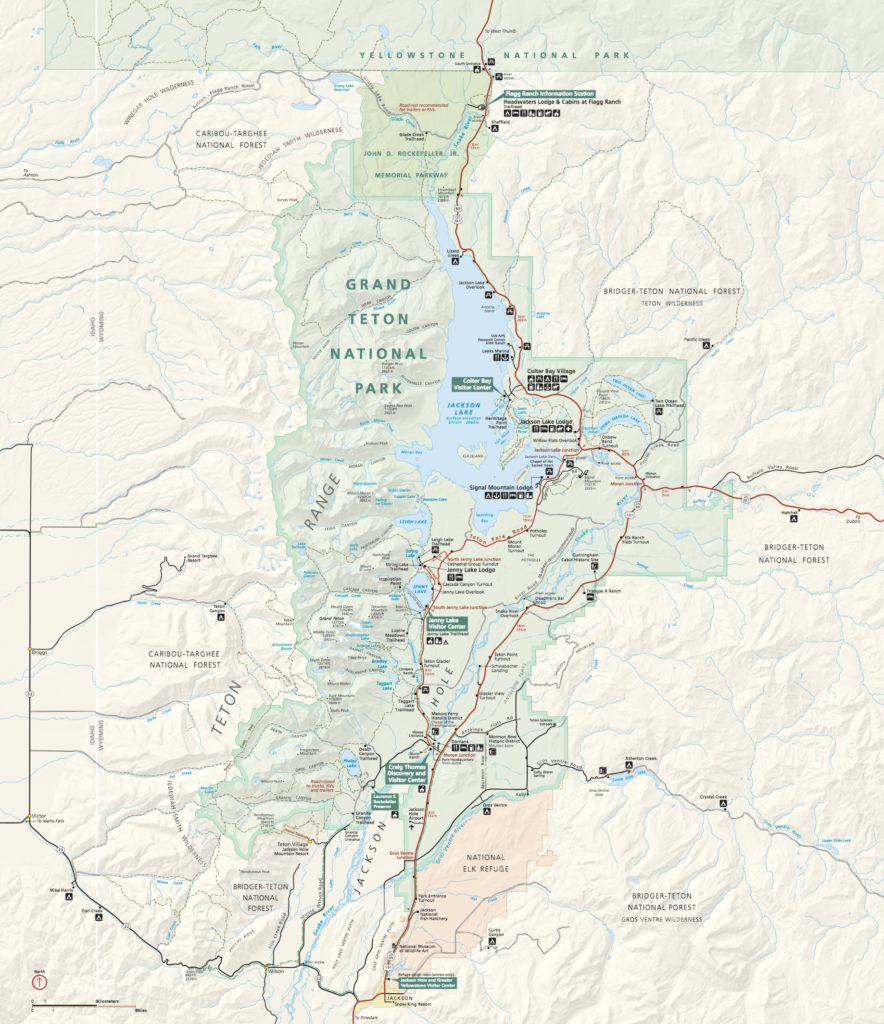Conservation Success
A trip to Jackson isn’t complete without experiencing the breathtaking trails, wild rivers, or crystal blue lakes of nearby Grand Teton National Park.
But the valley of Jackson Hole, including much of Grand Teton National Park itself, would look very different today if it weren’t for bold actions taken by early conservationists. In fact, without the incredible foresight by a handful of conservation pioneers, the Park as we know today might cease to exist.
It’s important to acknowledge that the Park’s human history begins long before the area was settled by European Immigrants. Human habituation of Jackson Hole dates back more than 10,000 years; the Shoshone-Bannock, Shoshone, Cheyenne, and at least 21 other affiliated tribes all made this valley their home. The area’s native inhabitants were forcibly removed to reservations by the United States government during and following the creation of Yellowstone National Park. Grand Teton National Park continues to holds spiritual significance to local tribes.
The conservation success story that is Grand Teton National Park began with the establishment of Yellowstone in 1872. Though the word “ecosystem” was not used at the time, today we recognize these parks as ecologically linked through the movement of wildlife, part of the same indistinguishable natural ecosystem.
In contrast to the formation of Grand Teton National Park, the idea of Yellowstone was widely popular and America’s first National Park took only two short years to establish. Shortly after, some advocates pushed for a southward expansion of the Parks’ boundary into Northern Jackson Hole in order to protect migrating elk herds. However, due to intense local opposition from groups including sheep and cattle ranchers, Jackson Hole businessmen, and the United States Forest Service, these efforts were stymied. Opposition to National Park growth would evolve over time but would persist as a reoccurring theme well into the mid-20th century.
Park expansion was considered in 1917, and again in the early 1920’s, when a historic meeting of ranchers, businessmen and government figures at Maud Noble’s cabin helped pave the way for the passing of a 1929 bill signed into law by Calvin Coolidge. This bill was the first of three major acts of legislation culminating in the current Grand Teton National Park, and created a 96,000-acre park that included the Teton Range and six glacial lakes at the base of the peaks. Notably, it did not protect the valley of Jackson Hole.
Recognizing the potential and need to expand the footprint of the new park, Horace Albright, the superintendent of Yellowstone National Park, was among those to seek funds to help purchase and safeguard private lands in Jackson Hole.
This is where John D. Rockefeller Jr. enters the story. Rockefeller Jr. was a philanthropist and financier, son of Standard Oil tycoon John D. Rockefeller. Rockefeller Jr. visited Jackson Hole multiple times during the 1920’s. During these visits he fell in love with the area’s stunning landscape and spent time sightseeing with Albright. Sensing an opportunity, Albright persuaded Rockefeller Jr. to join the effort to preserve “this sublime valley” as he referred to it, from unsightly commercial development.
THE CREATION OF GRAND TETON NATIONAL PARK
A Thumbnail History

Rockefeller Jr. worked for 15 years to accumulate 35,000 acres of private land in Jackson Hole, purchased under the auspice of the Jackson Hole Land Company. Ultimately, his goal was to hand over the land to the federal government for permanent protection. Anti-park sentiments in the area remained common during this time, although support for private land buyouts was prevalent as well. In 1925 a group of prominent local ranchers signed a petition stating “the destiny of Jackson’s Hole is as a playground, typical of the west, for the education and enjoyment of the Nation, as a whole.”
It wasn’t until 1943 that Rockefeller Jr. was able to fully realize his dream, when, under the threat of sale of Jackson Hole Land Company’s holdings by Rockefeller Jr. himself, president Franklin D. Roosevelt established the Jackson Hole National Monument under the Antiquities Act. This proclamation mandated federal protection of an additional 220,000 acres of land adjacent to Grand Teton National Park. The newly protected land encompassed much of the valley floor and incorporated 35,000 acres from Rockefeller himself.
After the end of World War Two, due in no small part to shifting local embrace of Jackson’s newfound tourism economy, President Harry S. Truman signed a bill to combine Jackson Hole National Monument with the Grand Teton National Park. This new, expanded Grand Teton National Park would reach its final size several years later in 1950 at over 300,000 acres, protected in perpetuity for the enjoyment of the American people.
The decades of hard work, compromise, and vision it took to establish Grand Teton National Park as we know it today is considered by many to be among the most prominent achievements in North American conservation history.
Jackson Hole Wildlife Foundation
Being Wild Jackson Hole is an effort lead by the Jackson Hole Wildlife Foundation to help ensure survival of the wild spirit of this special place by embracing and promoting environmental stewardship, along with the values and actions that support it. We encourage visitors to learn about and participate fully in our conservation efforts.
Funded by:







